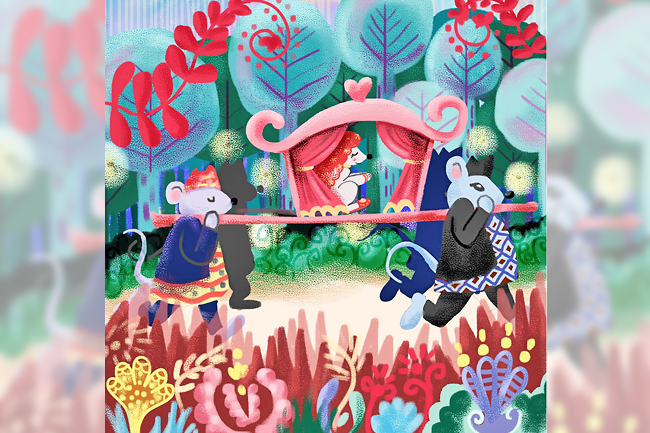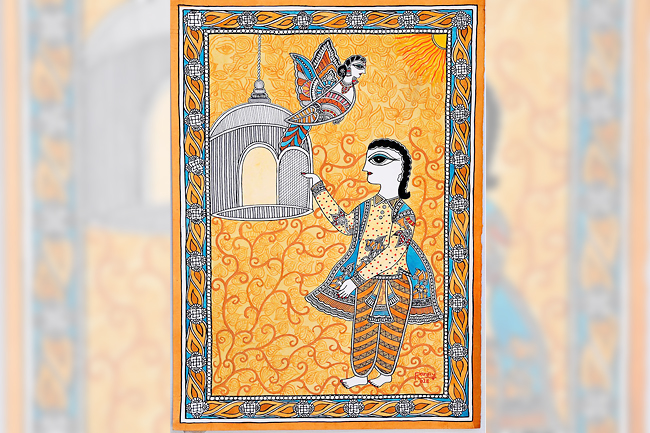ANN/THE KATHMANDU POST – Pursuing an unconventional career path, such as art, raises important questions, especially about sustaining a livelihood and earning enough. Talent alone is insufficient for success; financial support is essential. Without it, even the most passionate artist may struggle to make a meaningful impact.
A well-known example is Dutch painter Vincent Van Gogh, who lived in poverty throughout his life, despite his works later being considered foundational to modern art.
His genius was only fully recognised after his death, with his paintings now valued at over one hundred million dollars.
In contrast, Pablo Picasso led a more financially secure life, earning well and spending lavishly.
When he passed away, his estate was worth millions, as reported in Vanity Fair.
So, what does it take to succeed in the art world?
How can artists make their mark and earn enough to sustain their careers in this evolving field?
An artist with a PhD in History of Art from Banaras Hindu University Seema Sharma Shah has exhibited her work in over 70 shows worldwide. With her experience, she believes that pursuing art as a career can be financially stable if done with dedication.


However, she adds that this may not apply to those who treat art as a hobby.
Through conversations with Nepali artists, she found that many have made art their livelihood, largely due to the market beginning to recognise the value of art.
Seema observed that today’s buyers seek originality in artwork, with mere copies of foreign styles being rejected.
“If an artist’s work connects with the audience and communicates in a way that ordinary people can understand, that is the key to sustainability,” she explained. Seema, who is also an Associate Professor at the Central Department of Fine Arts at Tribhuvan University, emphasises that such connections are vital for an artist’s long-term success.
A 2019 graduate from Kathmandu University’s School of Arts Subha Joshi studied graphic communication and has seen significant changes in the art world.
Reflecting on her own journey, she said, “Back in 2015, when I decided to pursue a Bachelor’s in Fine Arts, my family questioned how I would make a living.
“But today, more young professionals are embracing careers that are exploratory and not strictly planned.”
Having observed her peers, Joshi noted that many artists now find work in fields like graphic design, UI/UX design, and freelance opportunities such as animation, storyboarding, and customised art. Though she has worked with startups, design agencies, art galleries, and non-governmental organisations (NGO), she found selling art prints disappointing in terms of returns.
Joshi attributed this to a slow-growing Nepali art market but remains optimistic, believing that adaptability and creativity are key to sustaining a career in this field.
Contemporary Thangka painter Sahil Bhopal, who supports himself primarily through thangka paintings, acknowledges the challenges of sustaining life solely through art.
Thangka, a traditional religious art form, requires time and precision, limiting the number of pieces he can complete.
Despite his passion for contemporary themes, Bhopal believes that traditional art forms, like Thangka, offer greater financial stability due to their disciplined nature and wider appeal. Mithila artist Ranju Yadav believes an artist’s financial success depends on their skills, experience, and the popularity of their work. She shares that some Mithila artists, fully dedicated to their craft, have supported their families and even acquired property.
However, she also points out that most Mithila artists have not yet achieved long-term financial self-reliance.
Nonetheless, she sees a promising future for the Nepali art sector, with the potential for more artists to lead financially stable lives.
To make this happen, Yadav advocates for long-term initiatives and support, including promoting Nepali art globally through art schools, universities, galleries, NGOs, and Nepali media.
Yadav believes that if artists focus on producing high-quality works, with support from institutions and the global Nepali community, Nepali art can become financially sustainable and stable in the future. – Anish Ghimire





